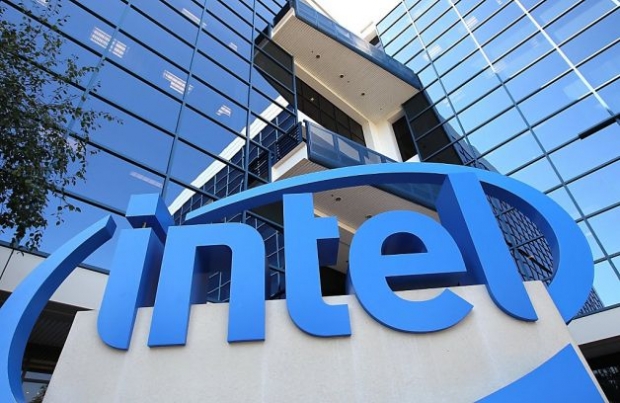Chief Executive Officer Brian Krzanich told analysts that Intel’s growth was not dependent on its PC business.
Intel is facing a weaker PC market and said that its revenue has been bolstered by demand for high-powered processors that run servers, the building blocks of cloud-computing centers.
Additionally, orders for memory chips and processors used in new markets for Intel -- such as automotive and factory automation -- are helping to boost sales, the CEO said.
Intel predicted gross margin, or the percentage of sales remaining after deducting the cost of production, of about 62 percent for 2016. It’s budgeting about $10 billion for spending on new plants and equipment and raised its quarterly dividend payout by 2 cents a share, the company said in a filing today. The higher payout is in line with Bloomberg’s dividend forecast for Intel.
IDC Corp predicted that PC shipments are on course to shrink 4.9 percent to below 300 million units this year, after peaking at 364 million in 2011.
Stacy Smith, Intel’s chief financial officer said that even if the PC market shrinks 10 percent, Intel expects to be able to grow in the low-single digit percentage range, said. If the market is flat, Intel will grow in the high-single digit percentage range, he said.
While Intel got more than twice as much revenue from selling PC chips as it did from its data-centre group in the recent period, the two units brought in almost the same amount of operating profit.
That change has been driven by Intel’s 99 percent market share in server chips and surging demand for the machines from operators of data centres, such as Amazon.com Inc. and Google, which are building up their capacity to provide computing power, storage and services via the Internet.
Bill Holt, Intel’s head of manufacturing said that Chipzilla could reduce the cost of transistors which makes it worth investing in new production techniques. The company is maintaining its lead over TSMC and Samsung.
Intel is also on track to cut losses by its mobile chip division and expects a reduction of about a $1 billion this year, Smith said. In 2016 it’s aiming to get another $800 million closer to profitability in that business, he said.




